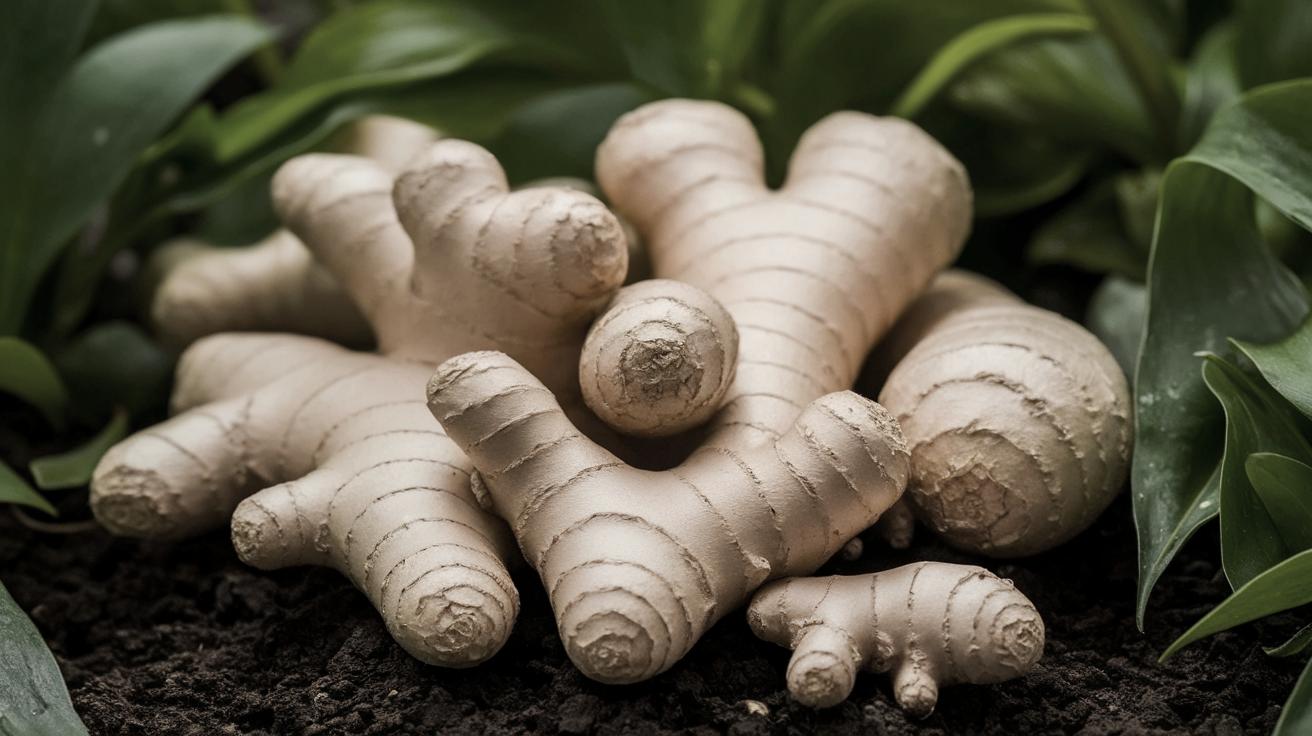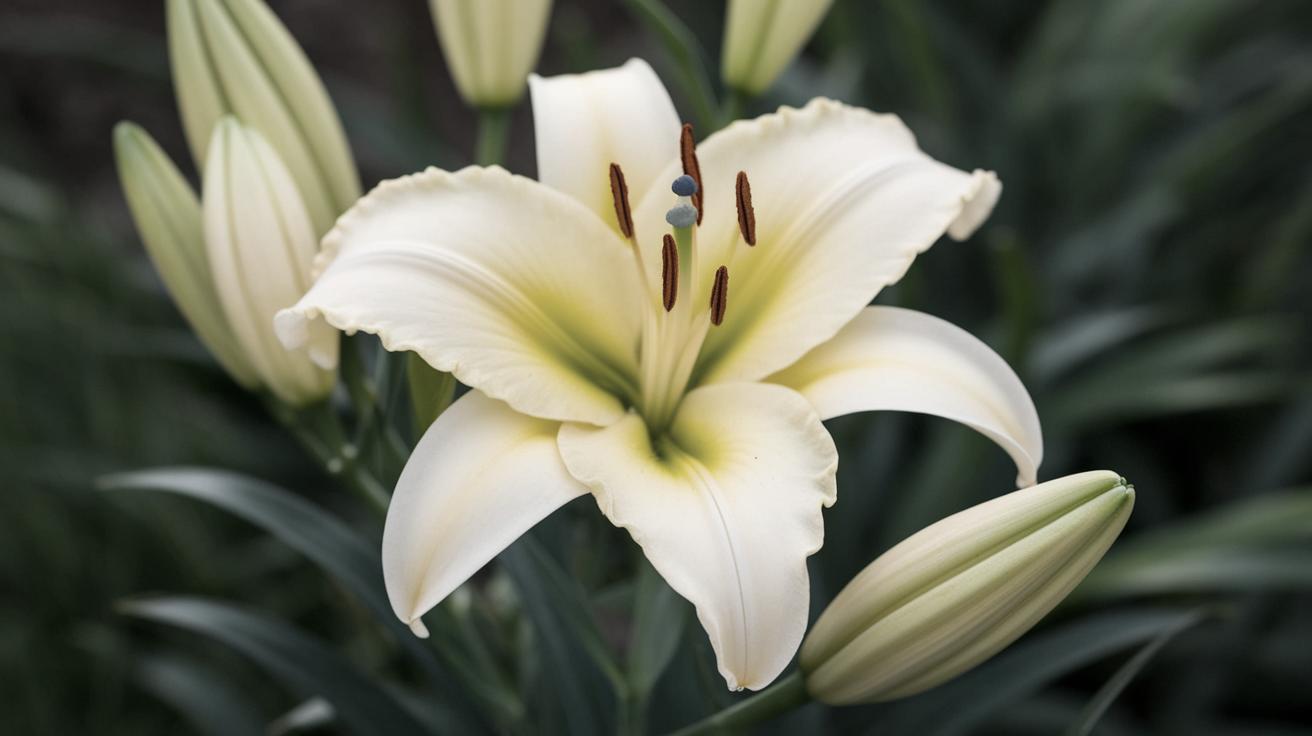Growing Ginger & Turmeric in Canada: A Comprehensive Guide
Warm tropical climates are usually associated with growing ginger and turmeric, but did you know you can successfully cultivate them in colder regions like Canada? In this detailed guide, we’ll explore everything you need to know about growing these versatile and healthful roots at home. Whether you’re a gardening novice or a seasoned expert, you’ll find insights into sourcing rhizomes, timing your planting, containerizing, and more. With a few easy steps, you can start harvesting your own ginger and turmeric, even in a cold climate.
Can You Grow Ginger In Canada
Yes, it is entirely possible to grow ginger in Canada. While traditionally grown in warmer climates, ginger can adapt well to colder regions with the right strategies. Container gardening proves to be the most effective method in these areas, supporting both root development and providing control over environmental conditions.
Using a container allows flexibility to move the plants indoors during colder seasons and ensures the ginger receives ample sunlight when outdoors. Proper soil and watering practices are essential, creating a balanced environment that replicates its natural habitat as closely as possible.
Can You Grow Turmeric In Canada
Just like ginger, turmeric is growing in popularity among Canadian gardeners. Its vibrant color and health benefits make it a coveted plant to grow at home. Turmeric requires similar conditions to ginger and can thrive in containers that allow mobility and temperature control.
With the use of grow lights and vigilant temperature regulation, turmeric plants can withstand the colder climates of Canada. Ensuring your turmeric has rich, well-draining soil will give it the best chance to flourish despite the challenges presented by the Canadian climate.
How Long Does It Take To Grow Ginger & Turmeric At Home
Growing ginger and turmeric can be a lengthy process, requiring patience and care. On average, ginger takes about 8 to 10 months to fully mature, while turmeric may take up to 10 months to a year. The key to a successful harvest is providing consistent care and suitable conditions throughout this period.
It’s important to monitor their growth cycle closely, ensuring they have ample nutrients, sunlight, and proper care. Regular watering and feeding, along with temperature management, are critical factors that contribute to their successful development over these months.
Where To Source Ginger & Turmeric Rhizomes
Finding high-quality rhizomes is vital for starting your ginger and turmeric plants. You can obtain these from various sources, including gardening centers, specialty stores, and reputable online shops. Selecting organic rhizomes ensures that they are free from growth inhibitors that could impede development.
You may also find viable rhizomes in grocery stores, though it is crucial to choose fresh specimens, preferably with visible growth buds. Starting with vigorous and healthy rhizomes will set the stage for a prosperous growing experience.
When Should You Start Ginger & Turmeric Plants In Canada
The optimal time to start growing ginger and turmeric in Canada is late winter to early spring. This timing allows the plants to establish themselves indoors under grow lights before the outdoor growing season begins. As the temperatures warm, the plants will be ready to take full advantage of the natural sunlight.
Starting the plants early gives them a head start, allowing the roots to develop a strong foundation before experiencing any potential climate-related setbacks. This lead time is crucial for robust growth and eventual harvest.
How To Grow Ginger & Turmeric In Cold Climates
Success in growing ginger and turmeric in cold climates depends on maintaining stable conditions. This can be achieved through container gardening, allowing for mobility and monitoring of various factors such as humidity, temperature, and light exposure.
Utilizing indoor grow lights and keeping the plants in a warm, humid environment replicates the tropical conditions these roots favor. Adjusting these variables to mimic their native setting as closely as possible can result in a successful growth cycle, even in less than ideal climates.
5 Steps To Easily Grow Ginger & Turmeric At Home
- Choose a container with good drainage and enough space for root expansion.
- Select fresh rhizomes with visible growth buds and plant them just under the soil surface.
- Place the containers in a warm spot with indirect sunlight and maintain soil moisture without overwatering.
- Keep the temperature above 20°C (68°F) using heat mats if necessary.
- Fertilize regularly with a balanced liquid fertilizer to ensure healthy growth.
How Long Does It Take For Ginger & Turmeric To Germinate
Germination for ginger and turmeric can be a rather slow process. Expect ginger to sprout within 3 to 8 weeks, while turmeric may take even longer – sometimes up to 8 weeks as well. The key during this period is to ensure a warm, moist environment conducive to root development.
Monitoring moisture levels and maintaining consistent warmth with heat lamps or a heating pad can expedite the germination process, leading to healthier and sturdier sprouts.
When To Pot-Up Your Ginger & Turmeric Plants
Potting up or repotting is an essential step in the lifecycle of your ginger and turmeric plants. As the plants begin to outgrow their containers, usually identified by roots appearing at the drainage holes, it’s time to move them to larger pots to facilitate continued growth.
This usually occurs several months into the growth period. Transplanting should be done gently to avoid root damage, and fresh soil should be provided to ensure nutrient availability and continued plant vigor.
Why You Should Only Grow Ginger & Turmeric In A Container
In a Canadian climate, growing ginger and turmeric in containers offers the control and flexibility necessary for these tropical plants. Container gardening allows you to adjust environmental conditions easily and to protect your plants from unexpected frosts or cold spells.
Containers also enable convenient transport between indoor and outdoor settings, optimizing light exposure and temperature according to seasonal changes. This method not only facilitates successful growth but also simplifies harvesting and management.
How To Harvest Ginger & Turmeric Plants
The harvesting process for ginger and turmeric is rewarding, marking the culmination of months of diligent care. When the foliage begins to yellow and die back, typically after 8-10 months, it’s time to harvest.
Gently dig around the plant roots to remove the rhizomes, ensuring minimal disturbance to avoid damaging them. Any remaining smaller rhizomes can be left in the soil for future growth if desired.
How To Store Ginger & Turmeric
Proper storage of harvested ginger and turmeric ensures longevity and preserves their vibrant flavors. Both can be stored in a cool, dry place, with the option to refrigerate them in airtight containers for extended freshness.
For longer-term storage, dehydration and freezing are effective methods. Slicing and drying or vacuum sealing and freezing keep them fresh and allow easy access for culinary use throughout the year.
Latest Comments
Join our community discussion on growing ginger and turmeric! Share your experiences, tips, and questions. We’d love to hear how your journey is going and to provide support whenever needed.
Leave a Reply Cancel reply
Lessons Learned
| Topic | Key Points |
|---|---|
| Growing in Canada | Possible with container gardening |
| Sourcing Rhizomes | Select fresh, organic rhizomes |
| Starting Time | Late winter to early spring |
| Growth Requirements | Consistent temperature, humidity, and sunlight |
| Germination | 3 to 8 weeks, patience is essential |
| Harvest & Storage | Harvest when foliage yellows; store in a cool, dry place |


